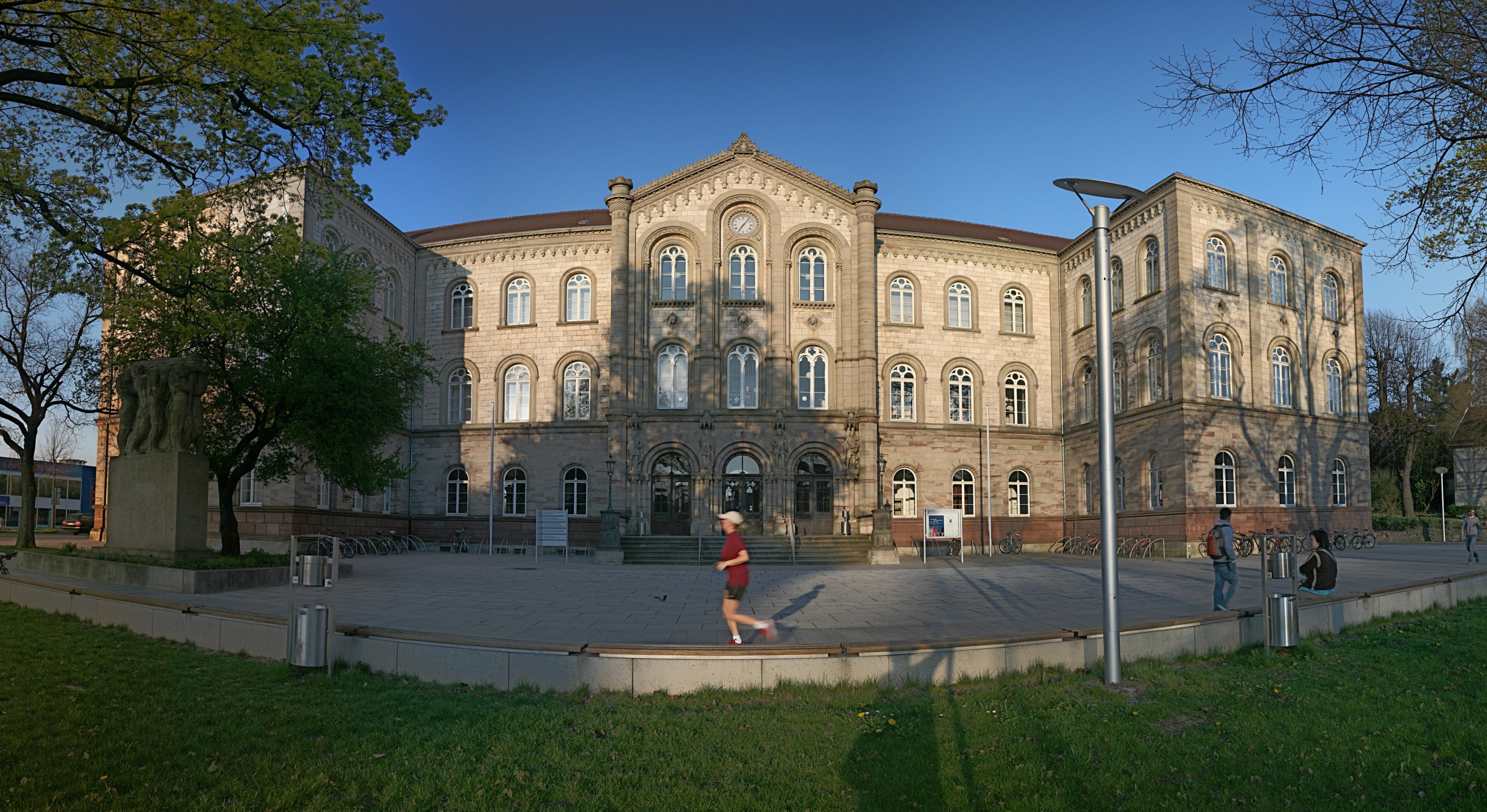University of Göttingen international team compares agroforestry with conventional cultivation
“Alley cropping” is the agricultural practice of planting rows – or alleys – of trees in fields of crops. According to a new study by an international, multidisciplinary research team led by the University of Göttingen, this type of land use rapidly leads to significant ecosystem improvements in farmland. The scientists compared different environmental measures in alley-cropping agroforestry, open fields of crops, or grassland. Their study was published in the journal Communications Earth & Environment.
Intensive agriculture in Europe concentrates on high yields and profitability. However, it causes environmental problems, such as carbon- and nutrient-poor soil, loss of biodiversity, water pollution and greenhouse gas emissions. This in turn results in high costs for society. Individual studies show that agroforestry can be productive in temperate regions while contributing to important ecosystem functions. This type of agriculture sequesters more carbon and provides habitats that encourage biodiversity. In addition, the soil is less susceptible to erosion and nitrate leaching. However, so far there has been no systematic comparison between temperate alley-cropping agroforestry and open cropland or open grassland in terms of their ability to fulfil multiple ecosystem functions simultaneously.
Over a period of three years, the researchers compared alley-cropping agroforestry – consisting of rows of fast-growing poplars together with rows of cropland or grassland – against open cropland or open grassland without trees. The team investigated the following issues: yield and yield quality, carbon sequestration, soil nutrient cycling, habitat for soil organisms, greenhouse gas emissions, water regulation, and resistance to wind erosion. “The analyses show that alley-cropping agroforestry significantly improved carbon sequestration, habitats for soil organisms and protection against wind erosion, while grassland agroforestry increased carbon sequestration,” said first author Professor Edzo Veldkamp, head of the section of Soil Science of Tropical and Subtropical Ecosystems, University of Göttingen. An earlier economic analysis had already shown that the incomes generated by the two systems did not differ significantly.
The study also shows that the environmental problems caused by the customary high fertilizer usage, such as nitrate leaching and greenhouse gas emissions from the soil, were not improved in alley-cropping agroforestry compared to open cropland. “Our analyses suggest that fertilizer usage can be reduced and adapted to local yield levels, as over-fertilization leads to inefficient use of nutrients that can trigger high external environmental costs,” explains lead author Dr Marife Corre, also from the University of Göttingen. Trees in alley-cropping agroforestry systems have deep roots that can capture nutrients below the root zone of the plants and return them to the soil through the litter. The team is currently investigating whether this also leads to more efficient nutrient use.
“With the exception of carbon sequestration, the ecosystem functions of open grassland did not change after converting to agroforestry,” says Veldkamp. Therefore, he recommends financial incentives as a priority for conversion from open cropland to agroforestry. The study also suggests that financial incentives should not only focus on the financial risks of planting rows of trees on farmland, but should also include better ways to adapt fertilizer usage to crop needs in order to realize the full potential of alley-cropping agroforestry systems in Germany.

